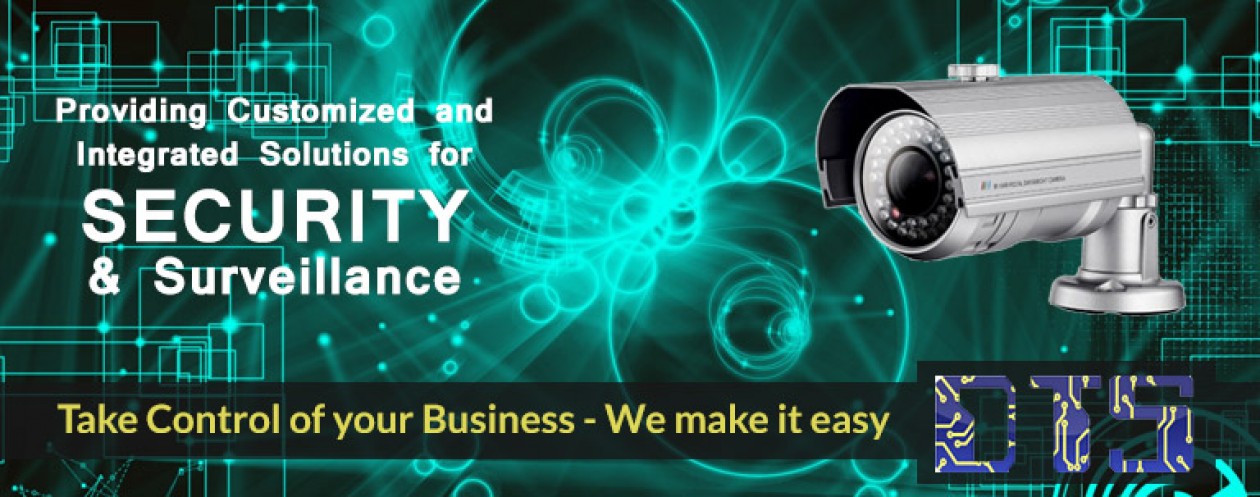A physical security system is likely to represent a significant investment, so it’s well worth taking the time to find the right one. This will depend upon your own unique situation, but there are a number of factors which should be taken into account regardless of your own requirements. Make sure you consider the following in order to avoid making the wrong decision.
- Appropriate Security
Security should clearly be your primary concern, but there’s no one-size-fits-all option for a superior system. Make sure you take the time to establish exactly what your needs are before you begin looking for your own physical security solution.
- Throughput
Throughput refers to the number of people who can pass through a system within a certain amount of time. Before you commit to an entrance system, take your peak requirements into account and gauge whether you need any special requirements.
- Appearance
Your security system should be effective first and attractive second, but it’s worth taking some time to take aesthetics into account. This system will reflect upon your organisation, so consider how it will look and how you can make it appear more attractive.
- Cost
You’ll clearly need to take the initial cost into consideration, but that should be weighed against other financial concerns. Consider product life, energy consumption, and whether you can use the system to replace costly manned security. This system should be with you for years, so ongoing costs should be as much of a concern as initial ones.
- Training and Installation
Most manufacturers don’t install their own products, so technical training can be important to ensure that the system works well for years to come. Check whether certification programs are available for installers in order to keep them trained, as well as whether planned maintenance is available.
- Safety
Safety will rarely be a driving force when you’re choosing a system, but it’s one issue which could completely undermine your decision. Make sure the system is code compliant; it should meet all fire egress codes, provide visual and audible communication, protect users from moving components by using sensors, and come with instructional materials with which to train new users.
Physical security systems are becoming ever more advanced, but this often means that it’s trickier to find the right one to meet your needs. Use this guide to ensure that you can do so.
